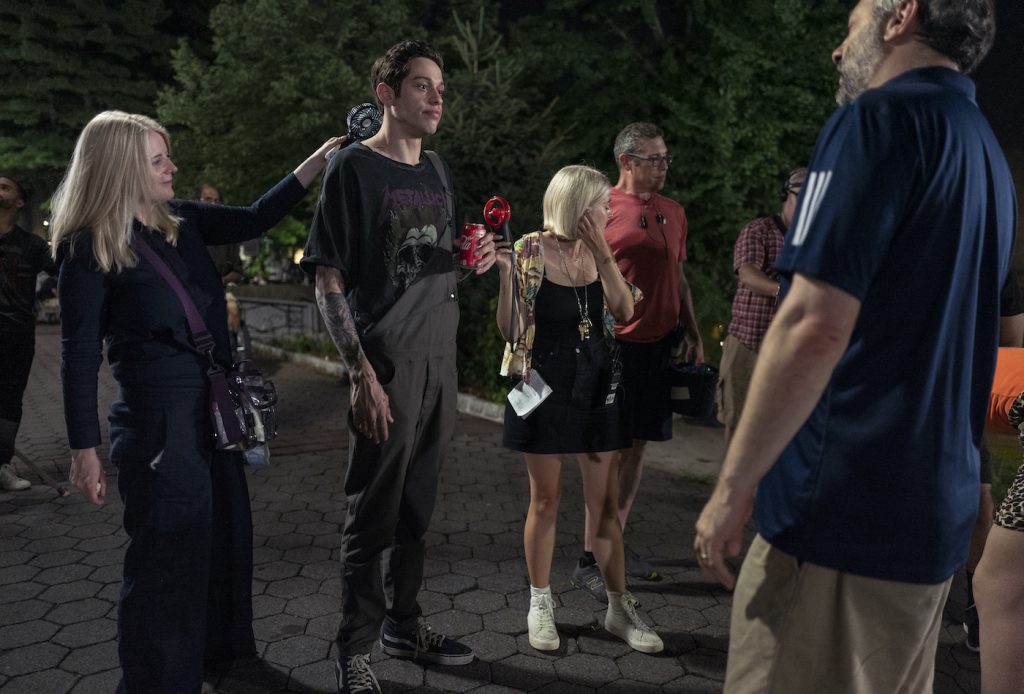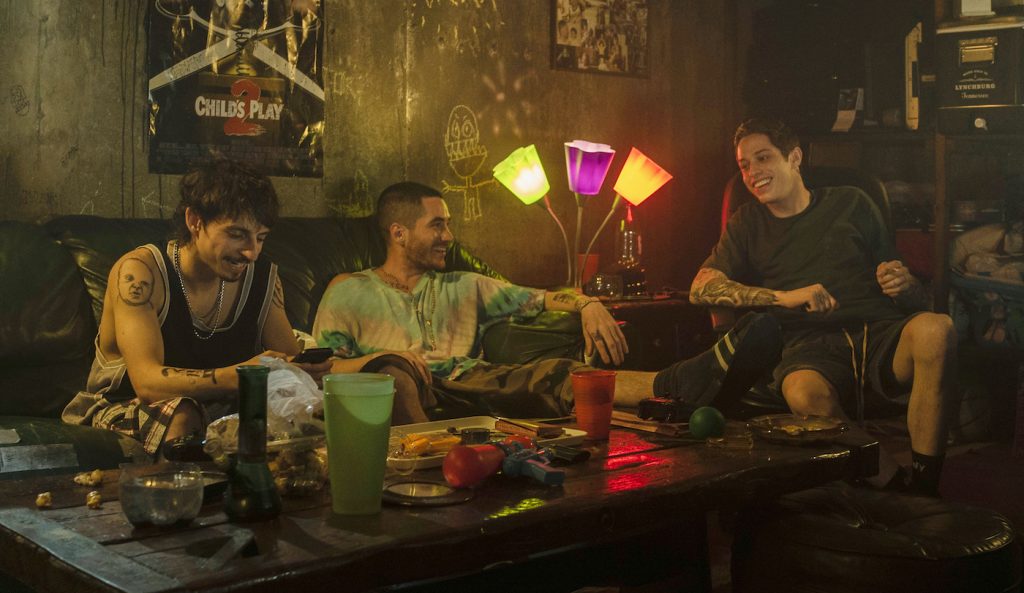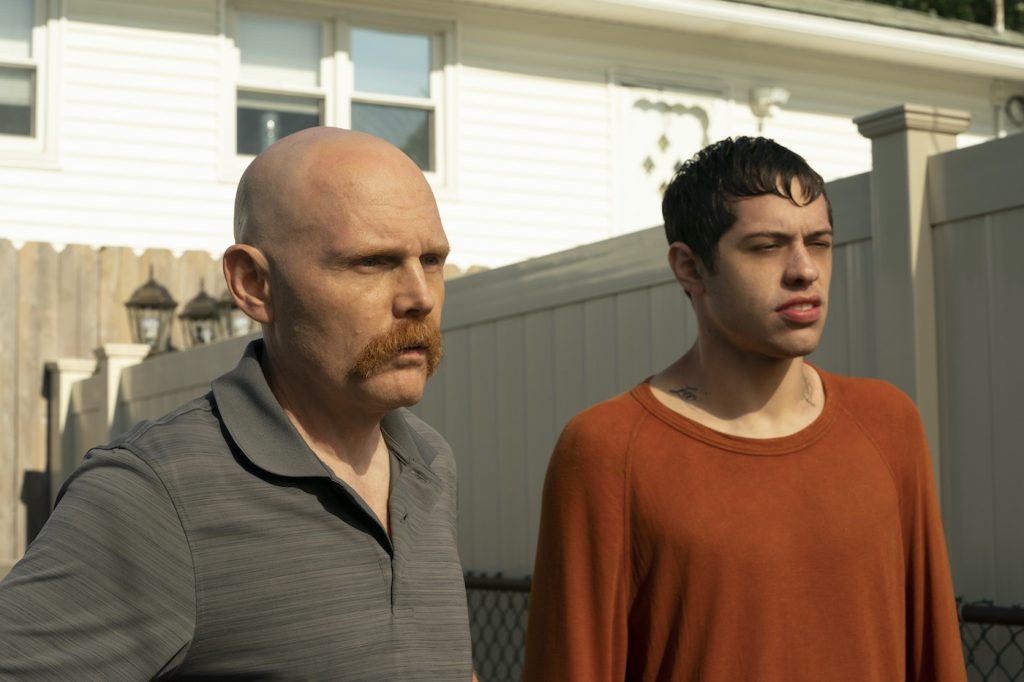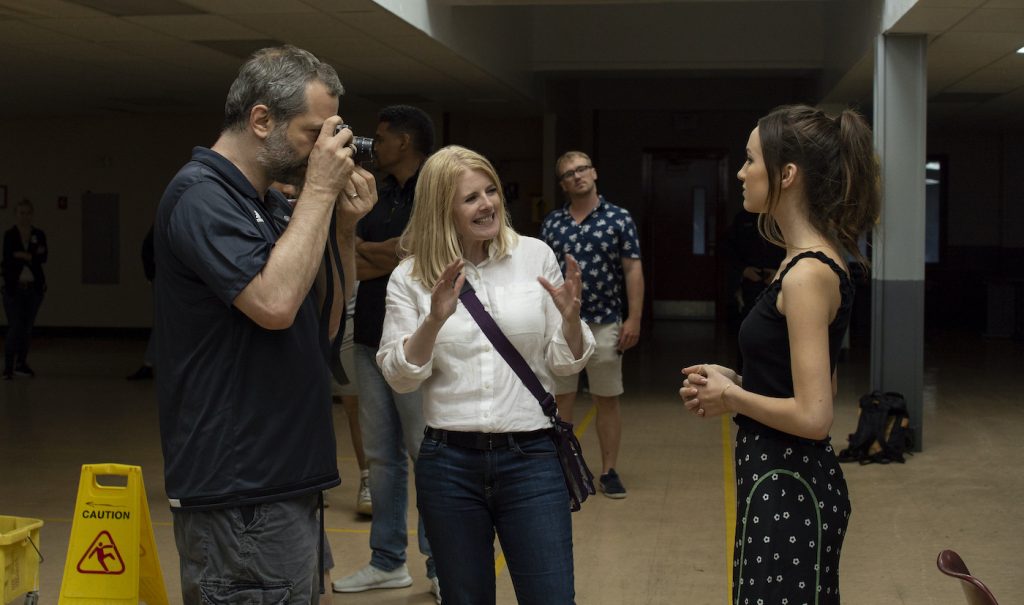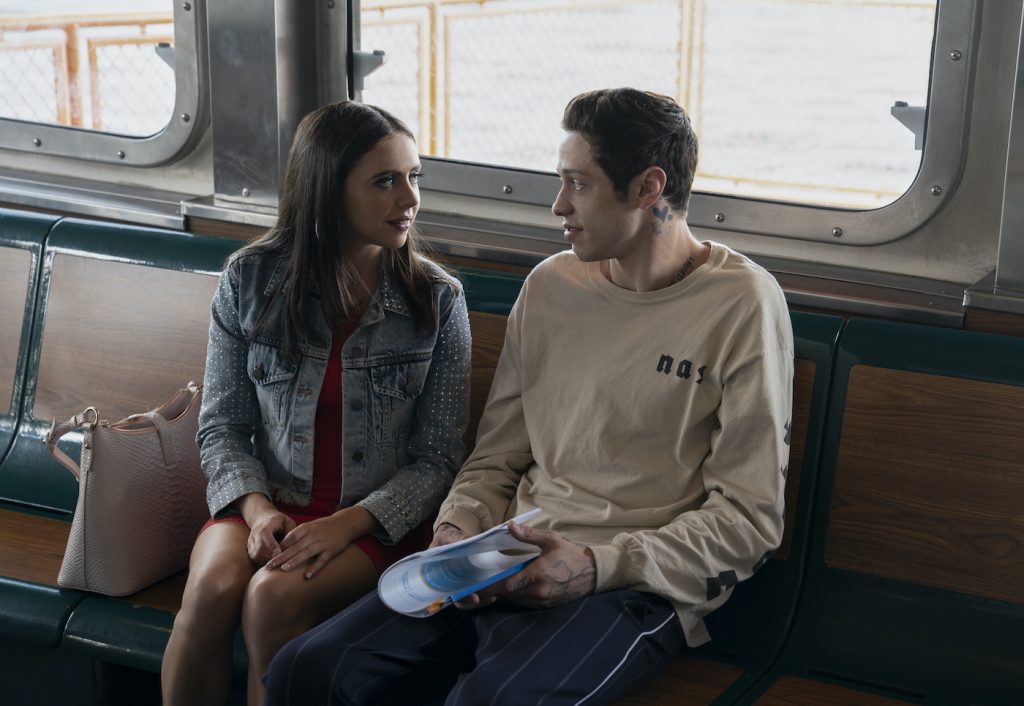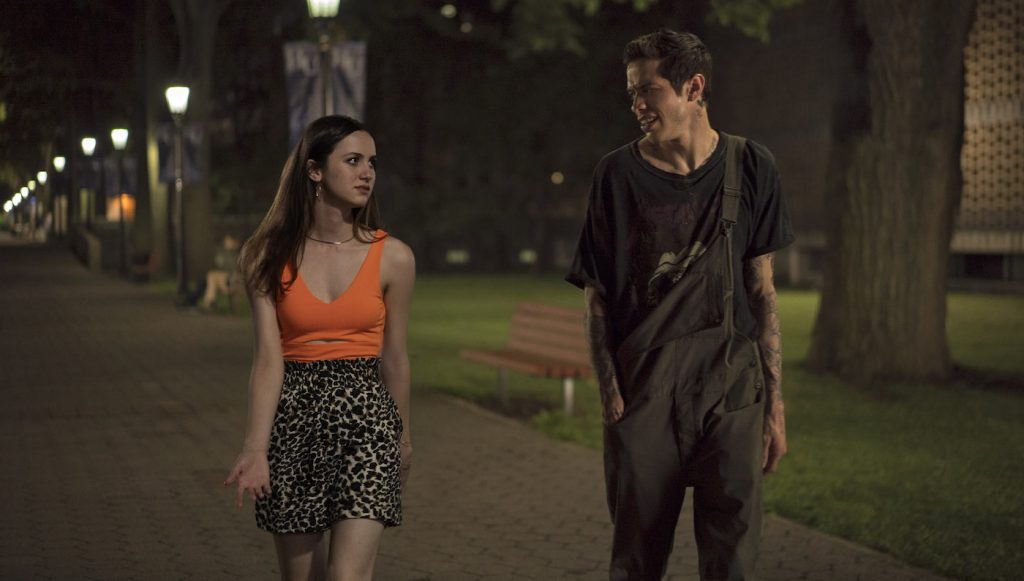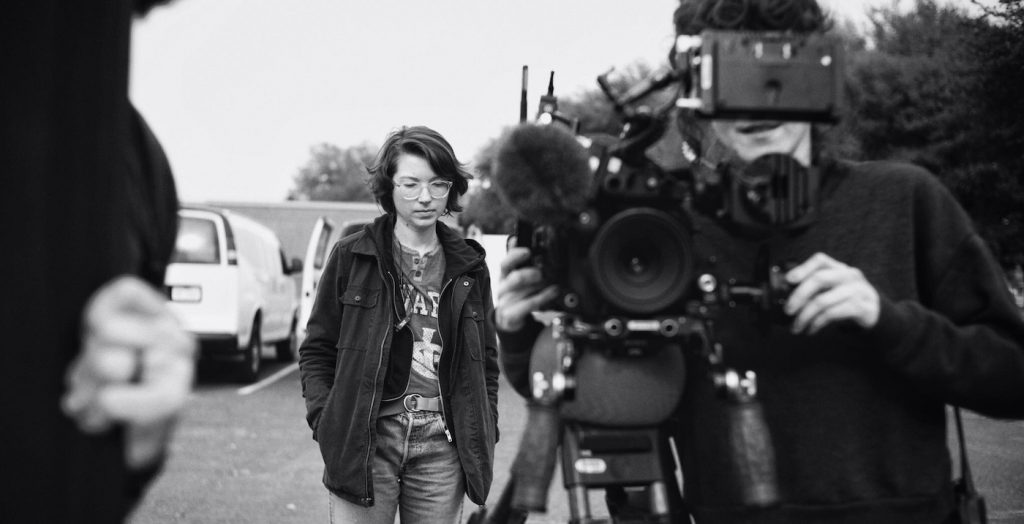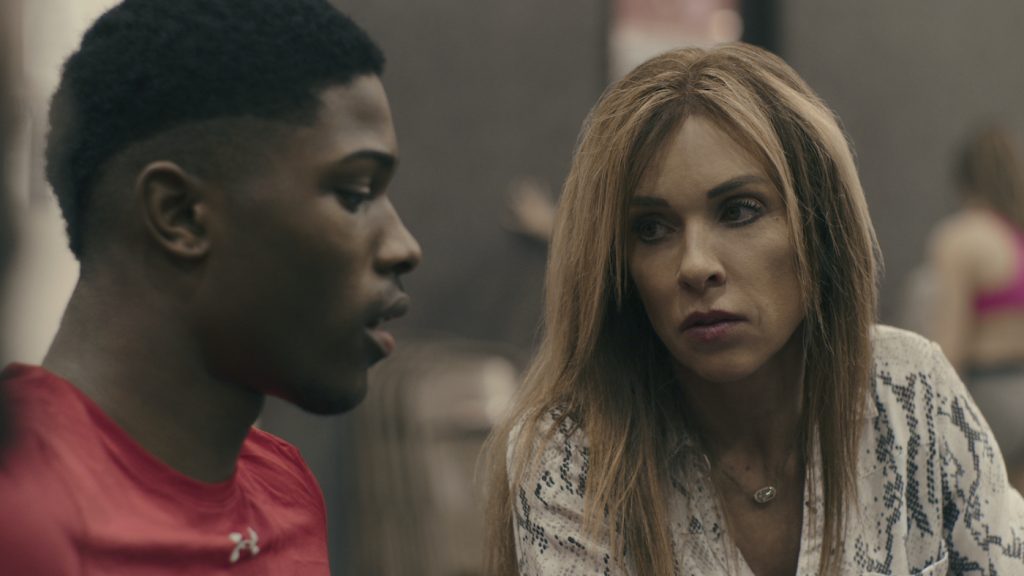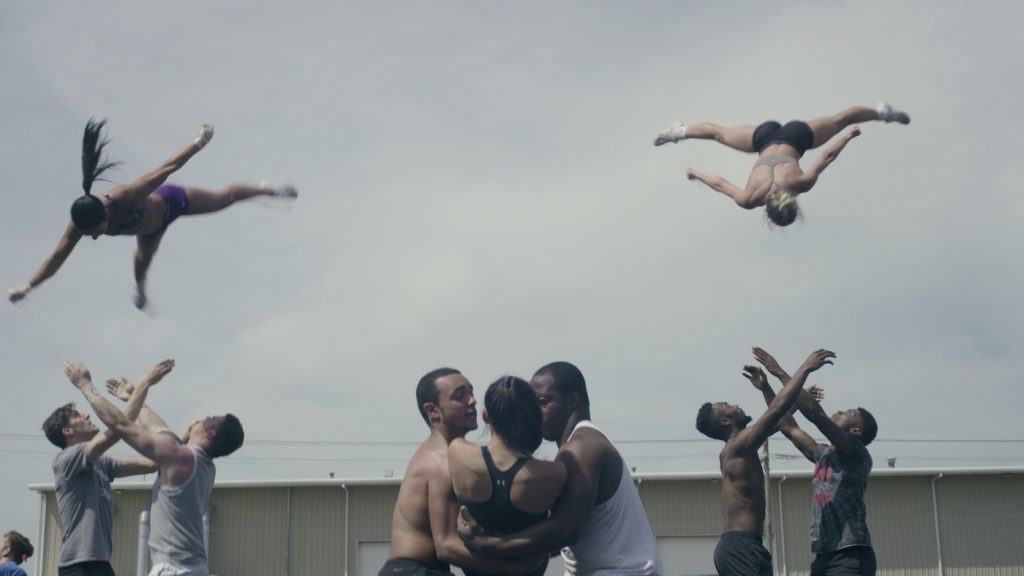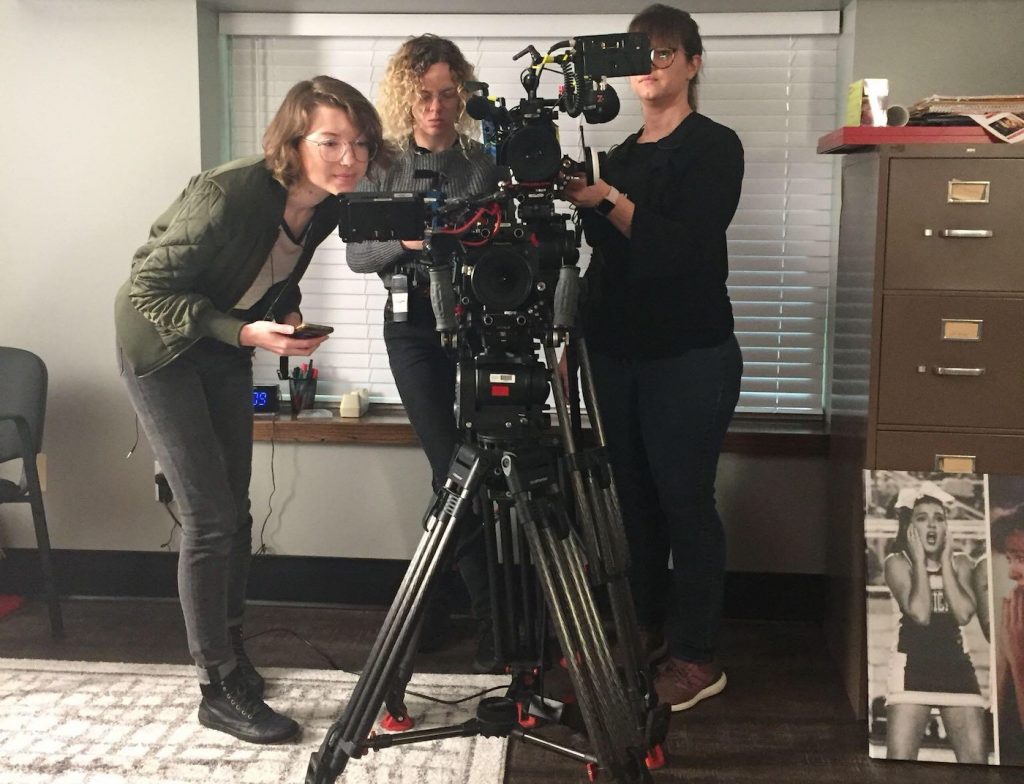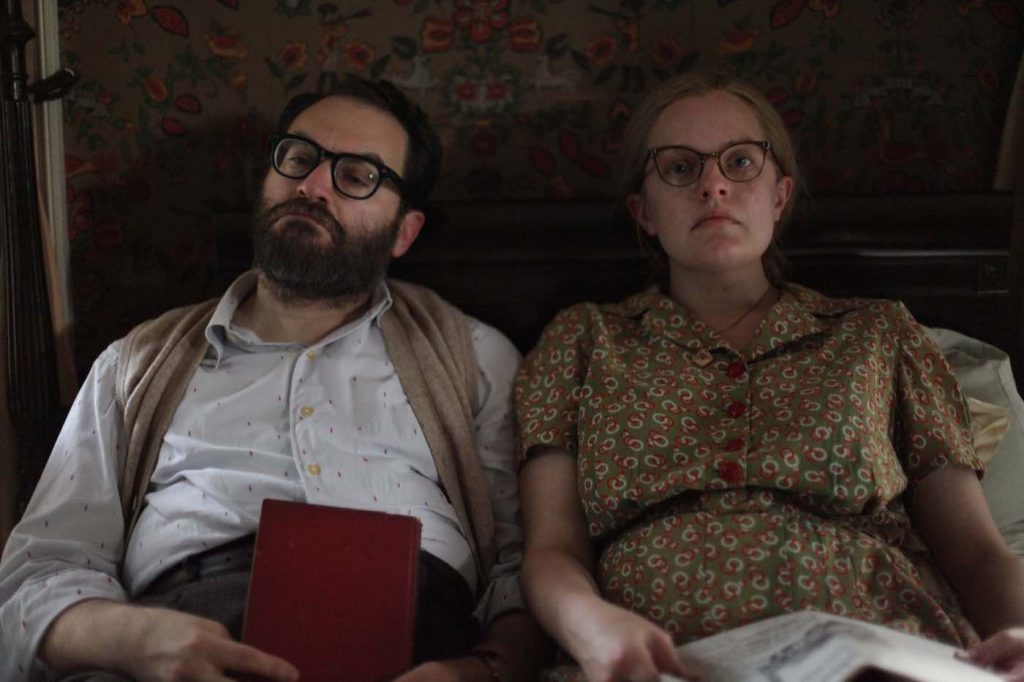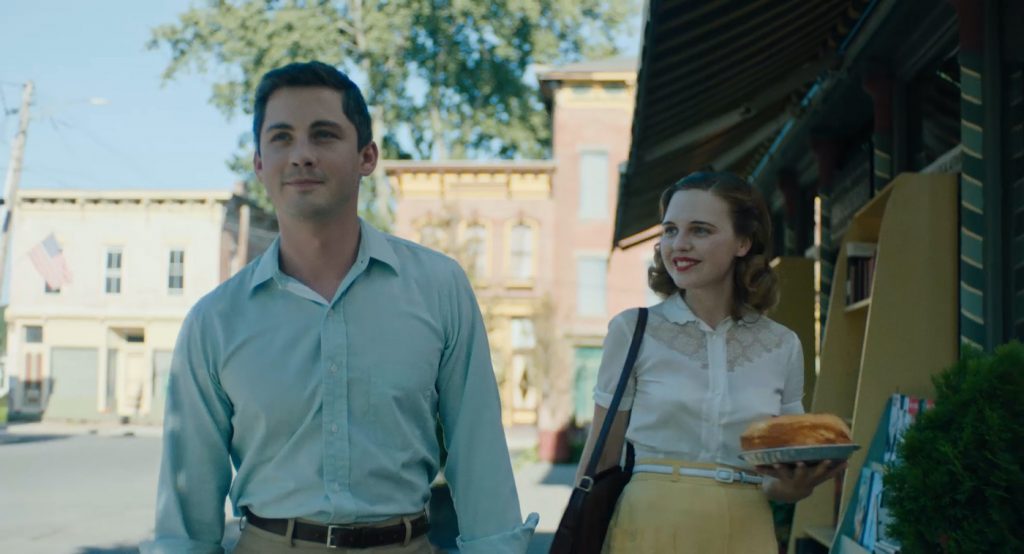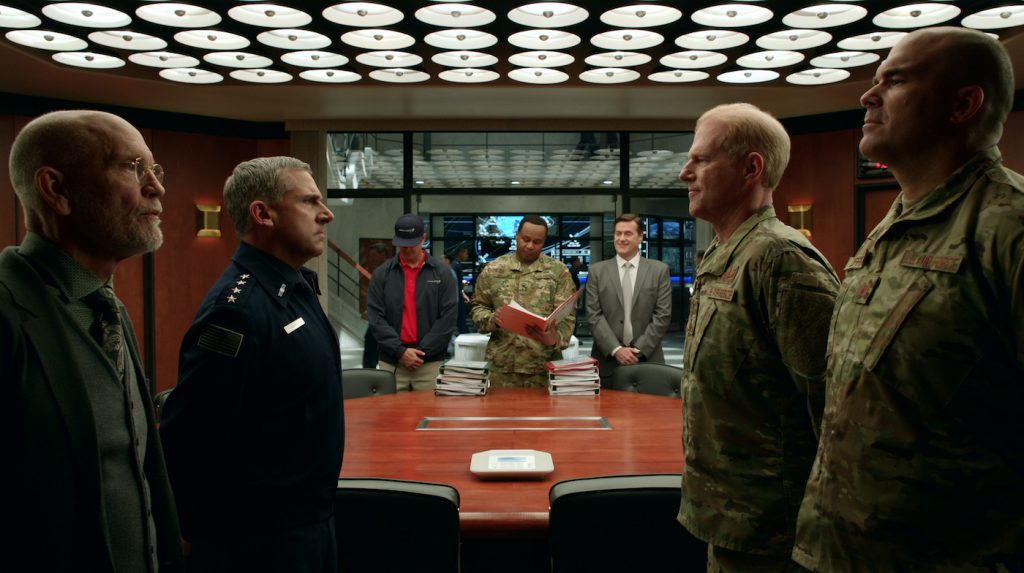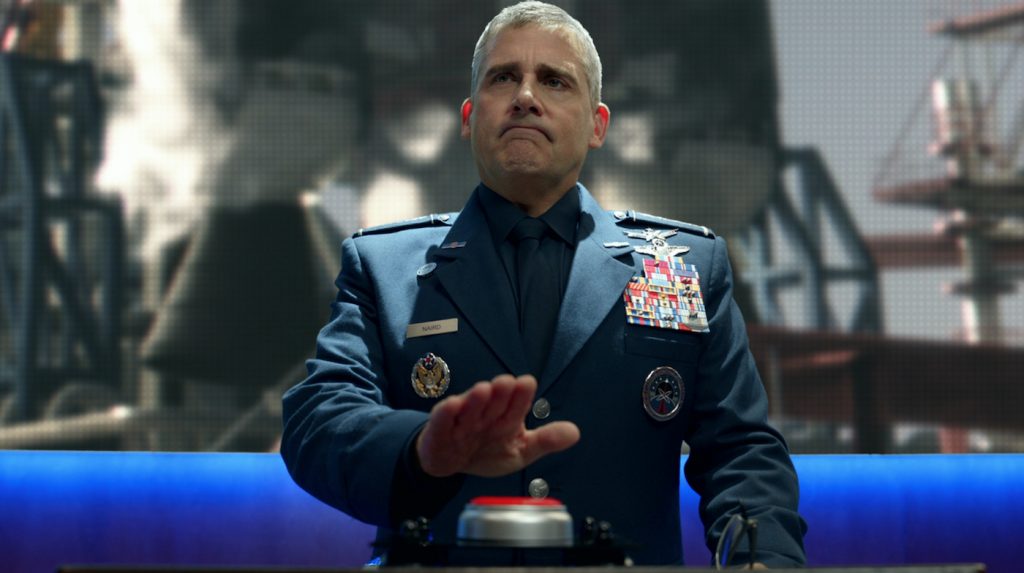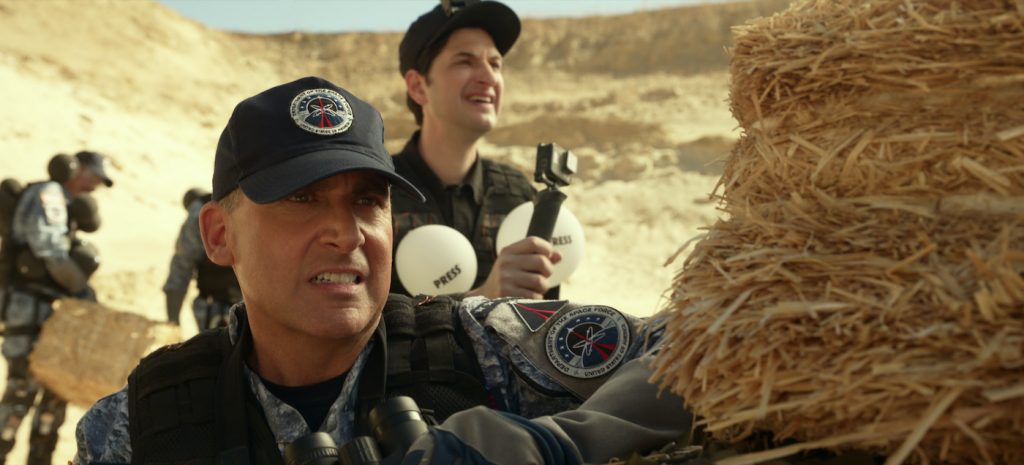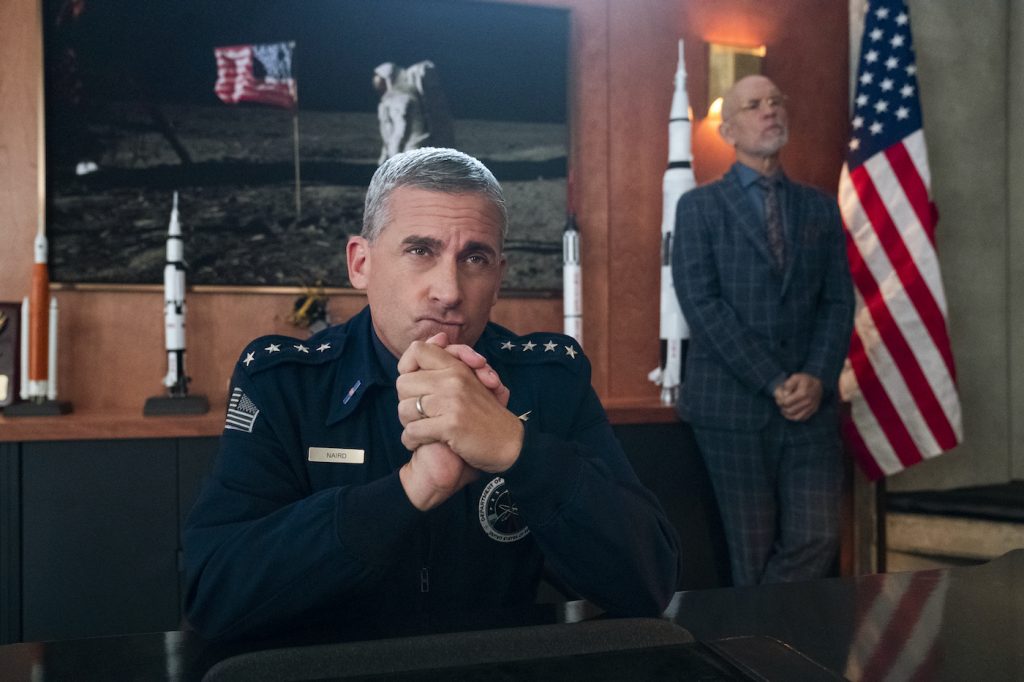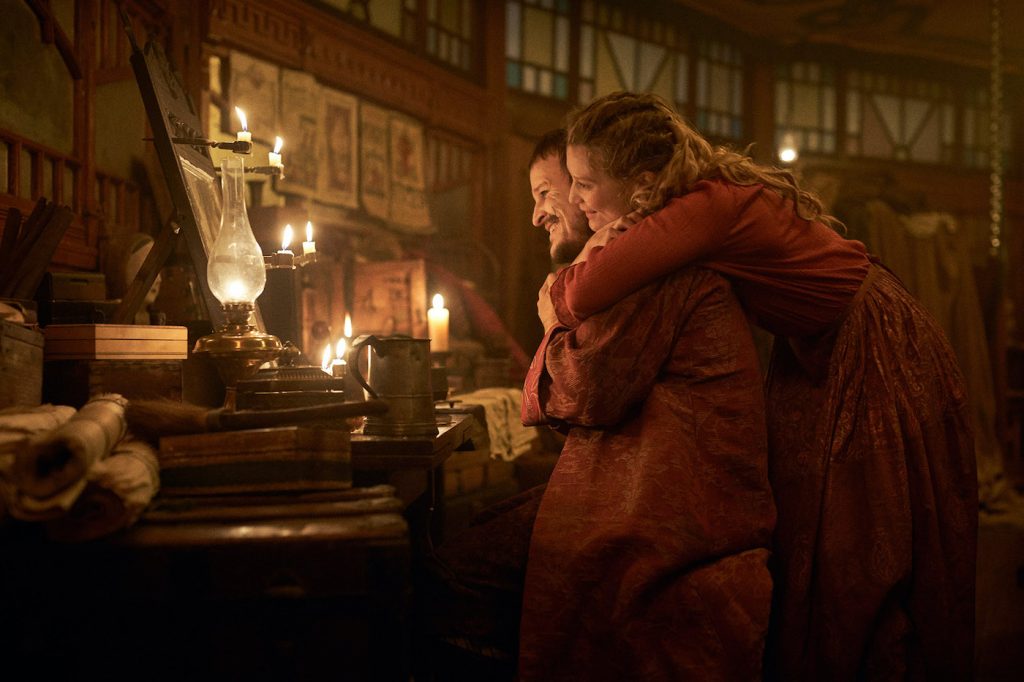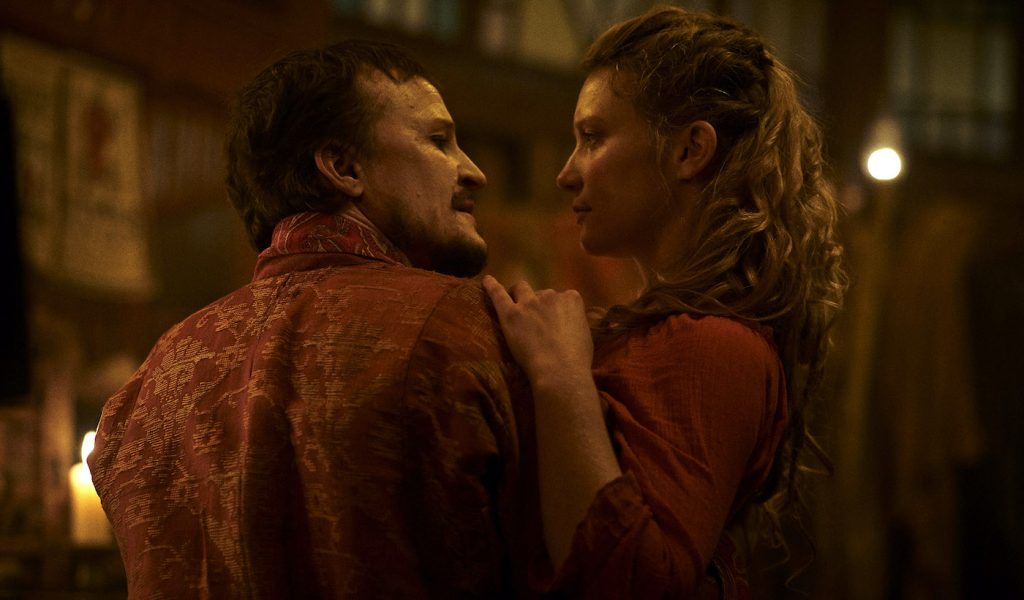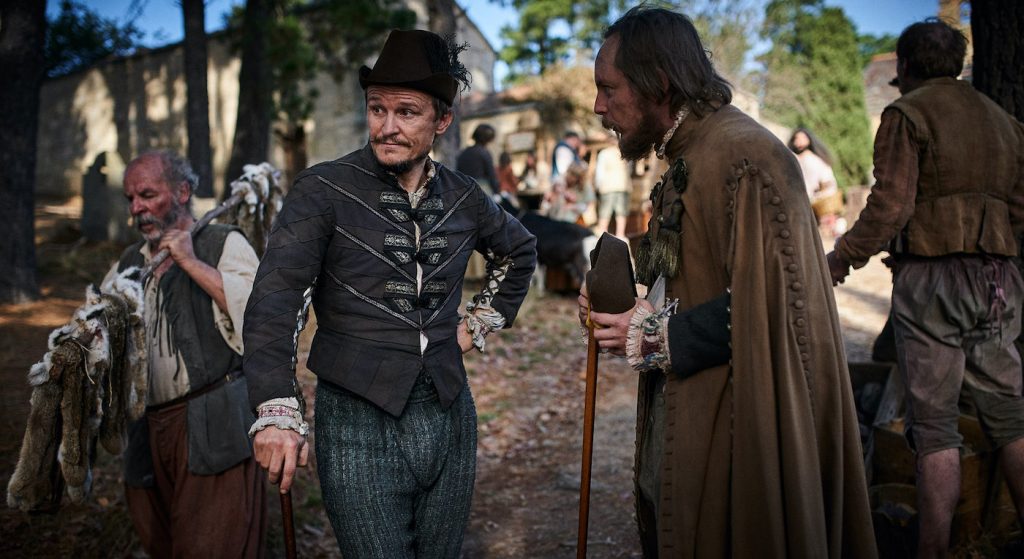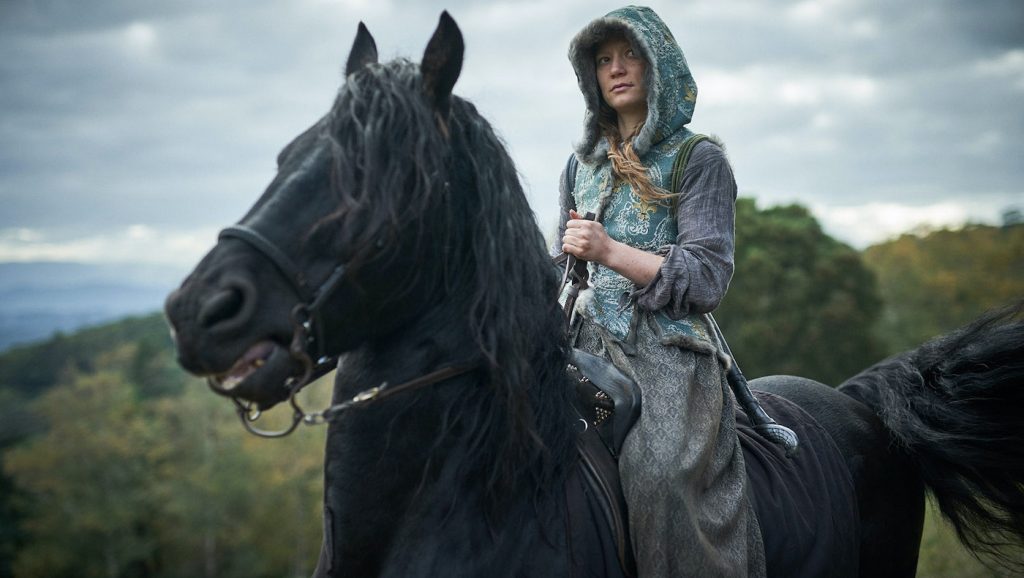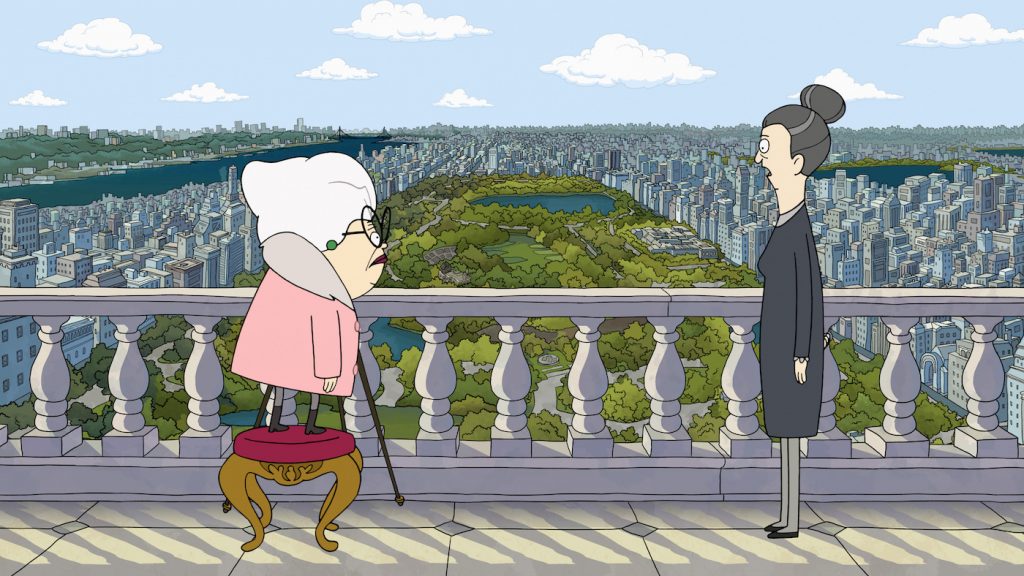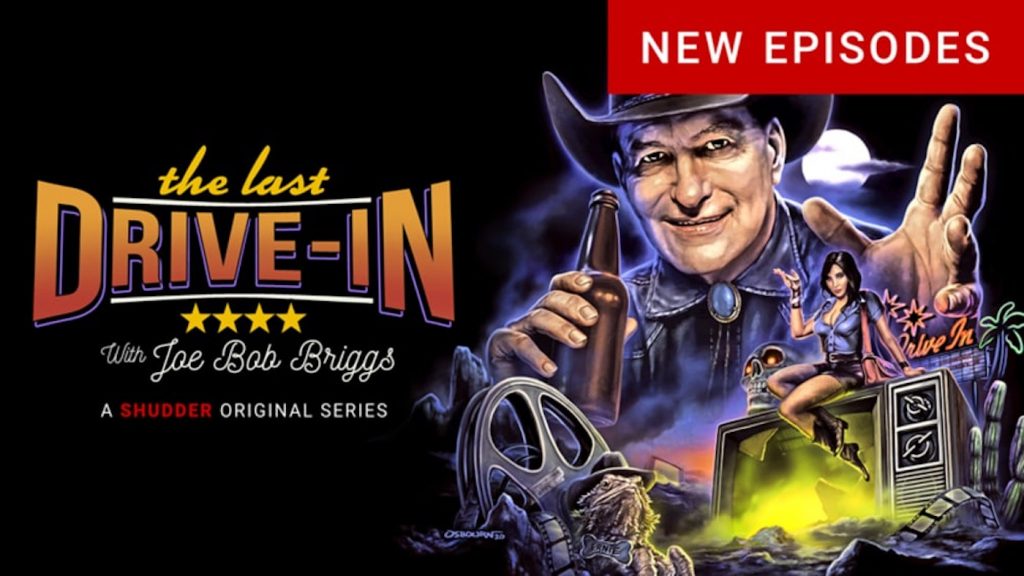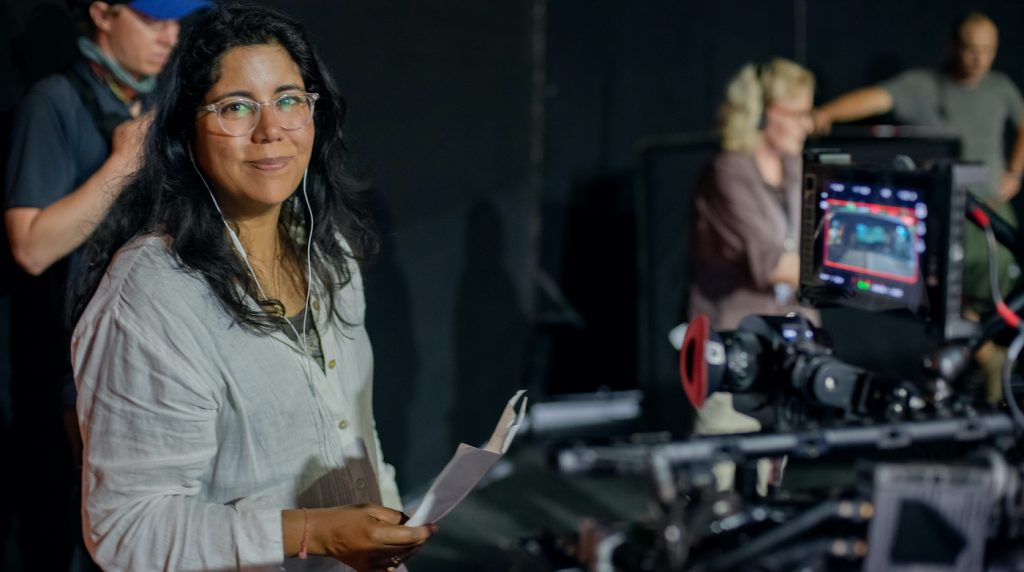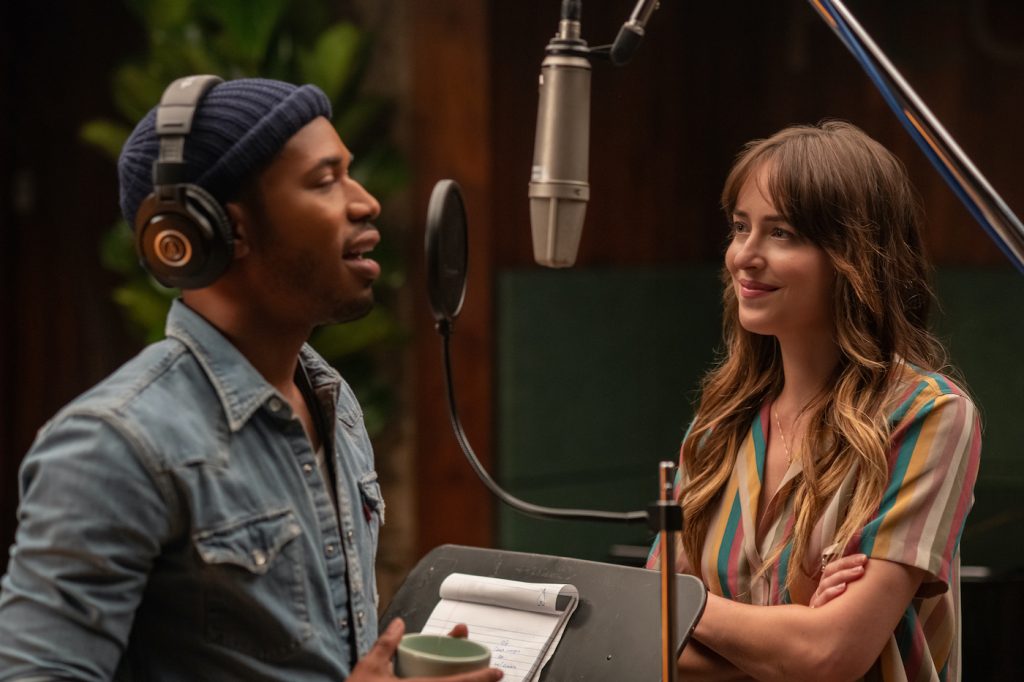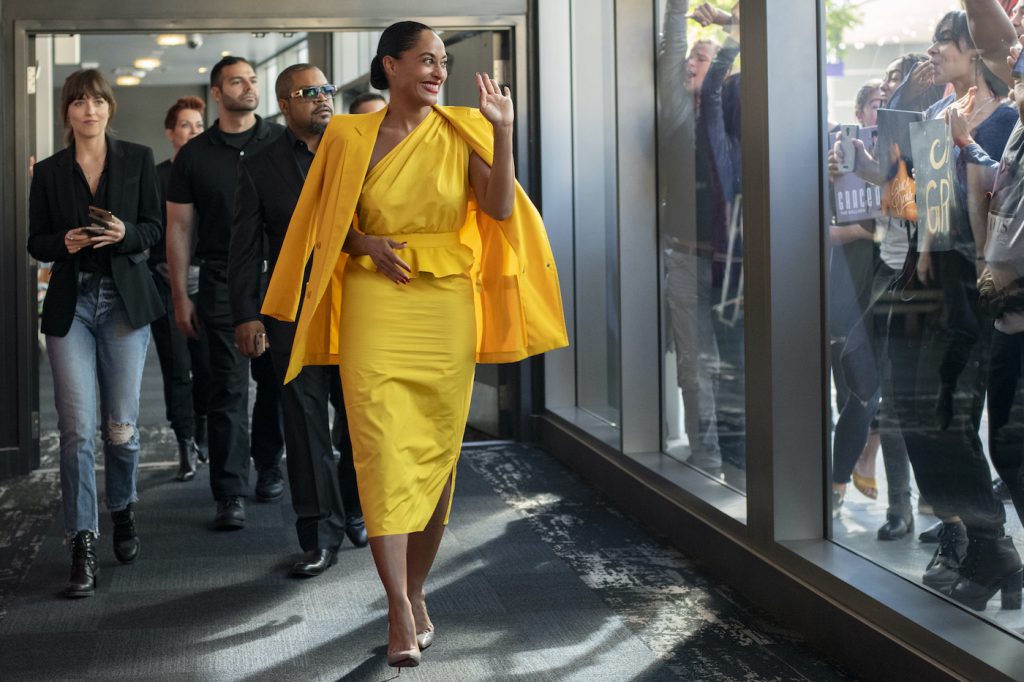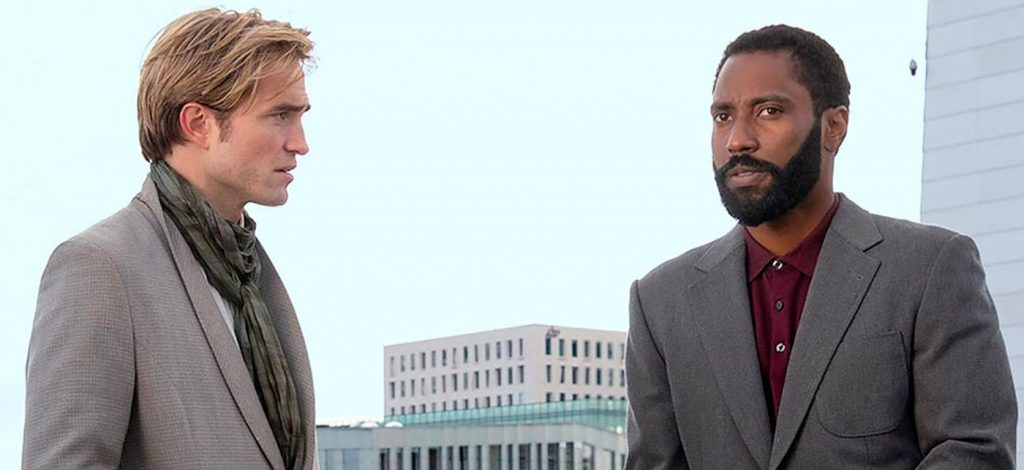HBO has revealed the first look at Director Ivy Meeropol’s Bully. Coward. Victim. The Story of Roy Cohn, which focuses on the infamously callous, cruel attorney and hails from a director whose life was impacted by Cohn’s relentless drive for power at all costs. Meerpol’s grandparents were Jules and Ethel Rosenberg, who were convicted of spying on behalf of the Soviet Union and were ultimately put to death at Sing Sing Correction Facility in New York in 1953. The man who prosecuted them? Roy Cohn.
Meeropol’s film had its debut at the 2019 New York Film Festival, and its premiere on HBO on June 19 marks the 67th anniversary of the execution of her grandparents. Cohn’s notoriety is hardly limited to the Rosenberg case. The documentary tracks his life, from the late 1950s when he was the chief counsel to infamous red-baiting conspiracist Senator Joseph McCarthy, through the 1980s and his close connection to the Reagan White House. Cohn, a closeted gay man, was also a rabid anti-homosexuality activist (the trailer includes an especially poignant cameo from John Waters on this point), and, of course, he was a political mentor to Donald J. Trump. Cohn died from complications from AIDS in 1986.
In popular culture, Cohn was one of the main characters in playwright Tony Kushner’s groundbreaking epic about the AIDS crisis “Angels in America.” Kushner eventually adapted his play for director Mike Nichols for a 2003 miniseries, which also aired on HBO. In the series, Al Pacino played Cohn. Then, in 2018, Cohn was resurrected again by Kushner in Angels in America: Part II – Perestroika. In this iteration, he was played by Nathan Lane. In all accounts of the man, in fiction as in life, his only cause was to attain power.
The doc also premieres right in the middle of Pride Month, which is celebrated every June to honor the 1969 Stonewall Uprising in Manhattan, the tipping point for the Gay Liberation Movement in the United States. It’s always a heady time to look back on the life of such a notoriously calculating and cold-hearted man, but now it feels particularly charged. Here’s what Meeropol has to say about the timing in a press release from HBO:
“Roy Cohn made his name prosecuting and pushing for the execution of my grandparents Ethel and Julius Rosenberg. Many years later he became Donald Trump’s lawyer, mentor and close friend. If there was ever a time to reflect on how we got here it is now. I am so grateful for the opportunity to share the film with HBO audiences.”
Check out the trailer below.
Here’s the official synopsis from HBO:
BULLY. COWARD. VICTIM. THE STORY OF ROY COHN, debuting FRIDAY, JUNE 19 (8:00-9:45 p.m. ET/PT), takes an unflinching look at the life and death of infamous attorney Roy Cohn, who first gained prominence by prosecuting Julius and Ethel Rosenberg in what came to be known as the “atomic spies” case. The documentary draws on extensive, newly unearthed archival material to present the most revealing examination of Roy Cohn to date. Director Ivy Meeropol (Indian Point, HBO’s Heir to an Execution) brings a unique perspective as the granddaughter of Julius and Ethel Rosenberg; having spent much of her life feeling both repelled and fascinated by the man who prosecuted her grandparents, obtained their convictions in federal court and then insisted on their executions.
This film will also be available to stream on HBO GO, HBO NOW, and on HBO via HBO Max and other partners’ platforms.
Featuring a trove of fascinating, unearthed archive material as well as recently discovered audiotapes of candid discussions between Cohn and journalist Peter Manso, recorded at the height of Cohn’s career as a power broker in the rough and tumble world of New York City’s business and politics, this vivid portrait focuses on family, friends, colleagues, employees and lovers, as well as those targeted by Cohn – all of whom were profoundly affected by crossing paths with him. The film follows key periods of Cohn’s life, including his time in Provincetown, MA, where he was considerably more open about his sexuality than in other settings, and where he shared a house with Manso and novelist, Norman Mailer.
The documentary includes numerous interviews, including John Waters, Cindy Adams, Alan Dershowitz, Nathan Lane, and Tony Kushner, whose 2018 Pulitzer Prize and Tony-winning revival of “Angels in America” featured Lane as Cohn. Lane offers insight into how devastatingly dangerous the actual Roy Cohn was and how he wielded power through invective and innuendo.
Featured image: Bully. Coward. Victim. The Story of Roy Cohn. Key Art copy. Courtesy HBO.


